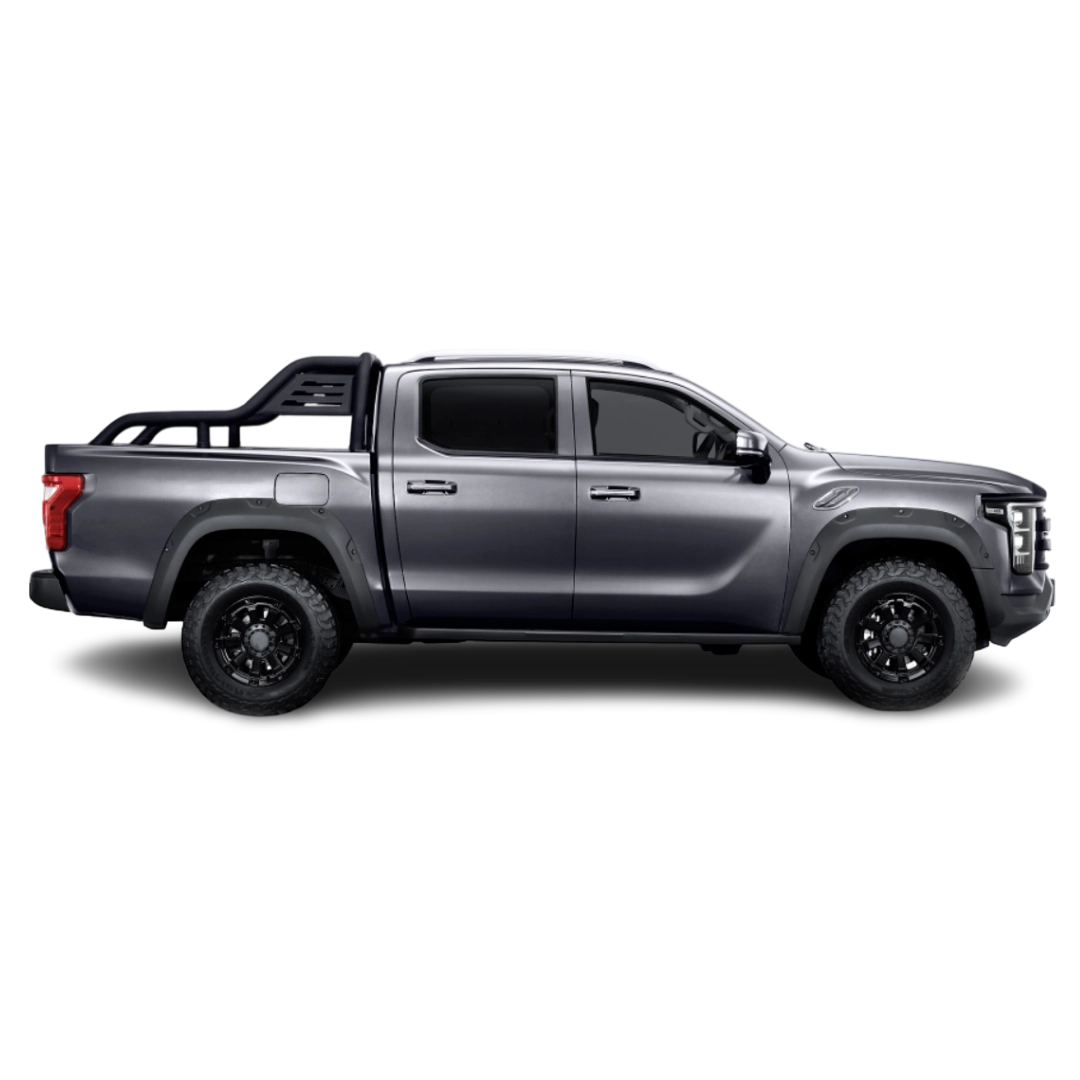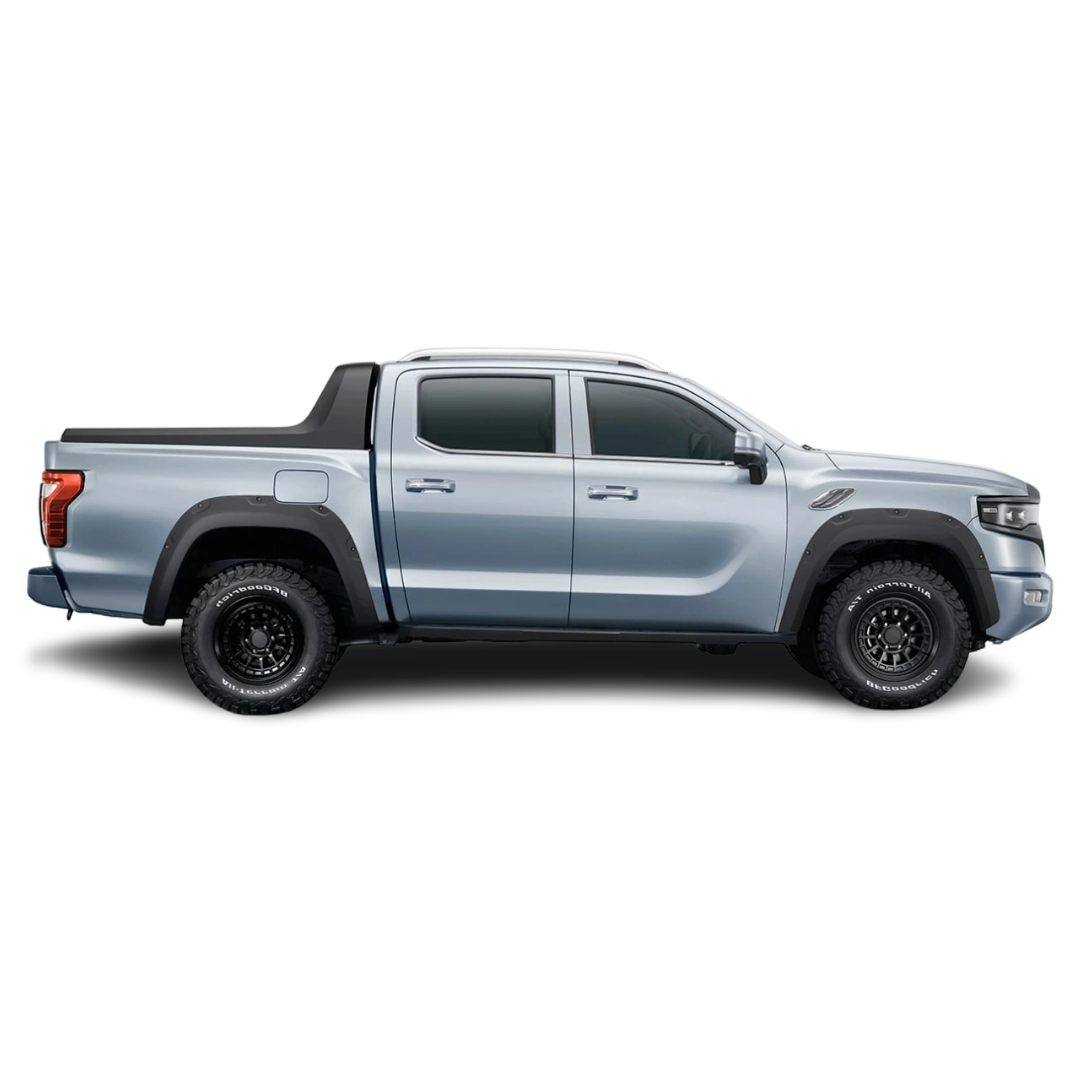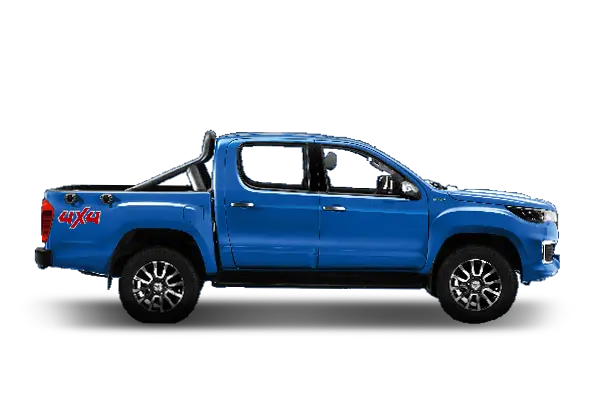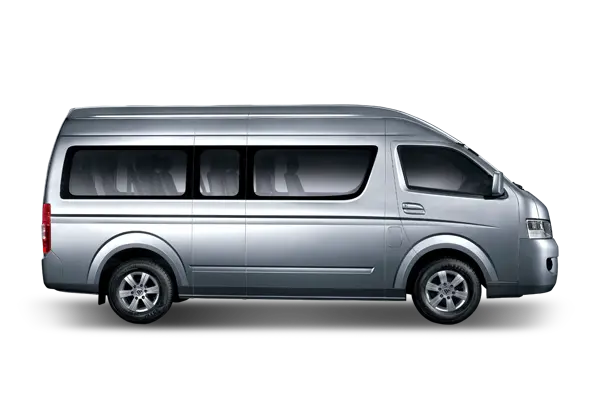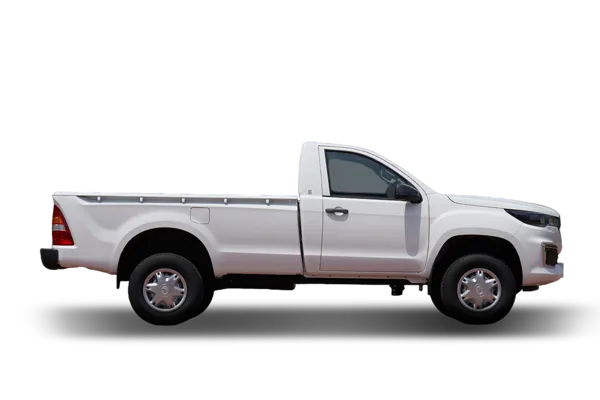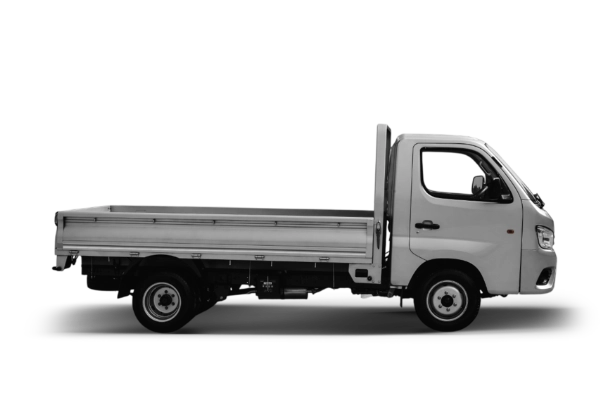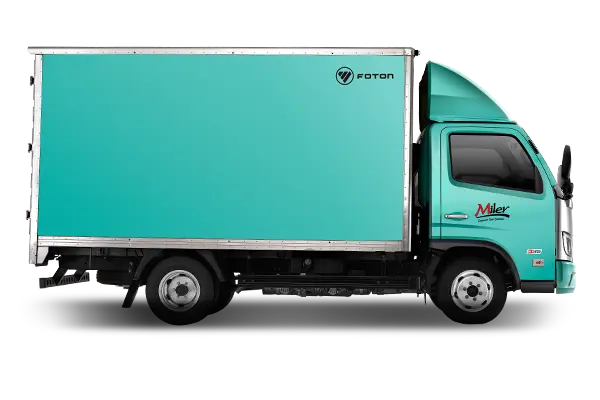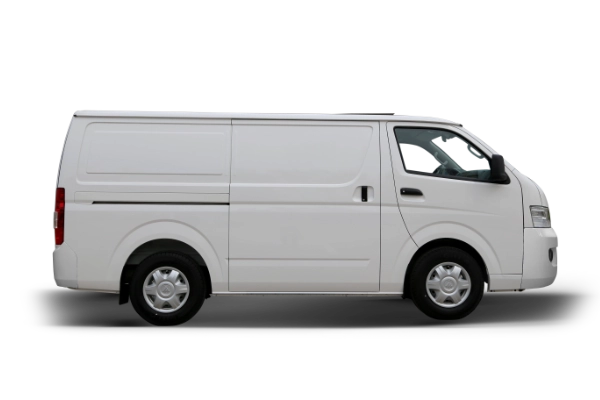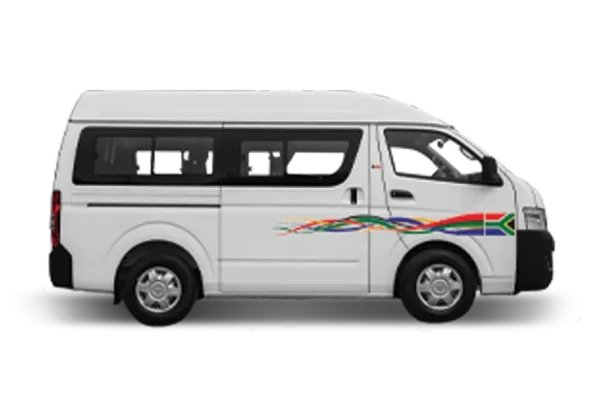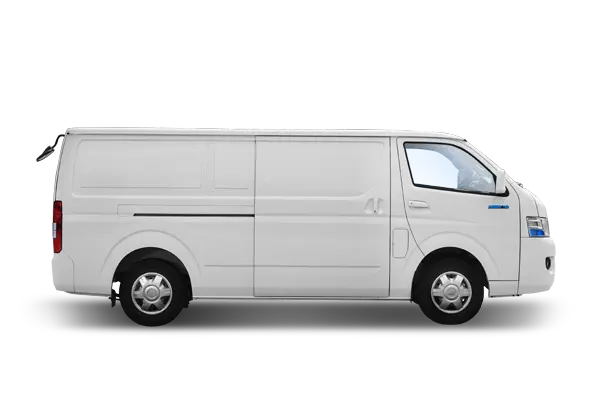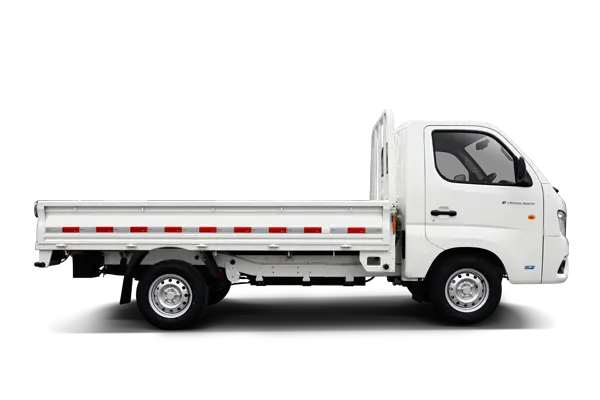Though not without foibles, at R559,900 the Chinese double cab offers attractive value in a highly competitive segment
by Denis Droppa
The Chinese double cab delivers a high level of features and decent performance. Picture: DENIS DROPPA
Foton launched the new Tunland G7 range of bakkies in SA last year at compelling prices.
Distributed by Combined Motor Holdings through a network of 40 dealers, the China-built G7 range comprises six models priced from R319,900 to R584,900, offering major savings over not only bakkies from legacy brands such as Ford, Toyota and Nissan, but also Chinese rivals such as GWM, JAC and LDV.
It hasn’t surprised us to see the Tunland G7 becoming the country’s second-best selling Chinese bakkie in a short space of time. Though it is still far off the lofty numbers achieved by the Ranger, Hilux and Isuzu D-Max, the G7’s monthly sales of more than 200 units has seen it close in on the GWM P-Series as SA’s most popular Chinese pickup range.
Low pricing can often mean substandard quality, but after our first test drive of a Tunland G7 we’ve come away reasonably impressed.
The Tunland shows signs of cost containment in its somewhat gruff engine and some interior trimmings. There are soft-touch materials and partial cloth/artificial leather upholstery to give the cabin a swankier vibe, but some cheap-looking plastics too.
That said, it is very well equipped, sufficiently refined and seems a very good offering for the price. The Tunland G7’s five year/200,000km warranty is industry competitive though the three-year/50,000km service plan is lower than average.
The model on test is the highly specced Foton Tunland G7 2.0D double Cab TLX 4×4 retailing for R559,900, with standard features such as electrically adjustable front seats with heating and cooling, reach- and height-adjustable steering, cruise control, dual-zone climate control, automatic headlights, a six-speaker audio system, reversing camera, keyless central locking and push button start.
A large 12.3-inch infotainment screen and a digital instrument panel gives the Tunland’s cabin a modern look, and smartphones wirelessly connect via Android Auto or Apple CarPlay. Space inside the cabin is relatively roomy if not class leading, and there are USB ports front and rear.

The modern cabin has a good mix of digital and physical controls. Picture: DENIS DROPPA
It is a handy workhorse with a one-tonne loading capacity and three-tonne towing ability.
The infotainment system can be confusing at times, but there are physical hot keys to quick-access functions such as the climate control, changing the skin on the instrument panel, and switching between the radio and media modes.
Safety features include stability control, tyre pressure sensors, six airbags, drowsy driver detector and ABS brakes.
All Tunland G7 models are powered by a 2l turbo diesel four-cylinder engine with outputs of 120kW and 390Nm, and drive in the more expensive models is transferred to the rear wheels via an eight-speed automatic transmission (cheaper models get a six-speed manual).
The G7 is a satisfactory performer and even in Eco mode it has a pleasantly zesty feel while cruising or overtaking, while Normal and Sport settings give it more zing. Off the line there is turbo lag followed by a rush of pace, which initially proved disconcerting but we quickly learnt to go easier on the throttle, which made stop-start urban driving a lot smoother.

A one-tonne loading capacity and three-tonne towing ability makes it a handy workhorse. Picture: DENIS DROPPA
In rear-wheel drive mode the test vehicle sipped a respectably economical 9l/100km in a town/freeway mix. For off-roading the bakkie has four-wheel drive selectable on the fly, as well as a low-range transfer case, rear diff lock and downhill assist control.
An elevated 210mm ground clearance further adds to the Tunland’s ability to tackle adventure trails, but there should ideally be a load in the back as the ride is on the firm side. The Tunland G7 feels comfortable enough on regular roads and the high-profile tyres soak up small potholes but, with nothing to weigh down the load bay, the bakkie feels quite jerky over speedhumps and on rough gravel. The build quality feels solid however, and the tester had no rattles.
Overall, there are no major red flags to account for this bakkie’s relatively bargain price. Buying a Chinese vehicle comes with the usual uncertainty about long-term reliability and resale values, but at face value the Tunland G7 offers what seems like exceptional value for money in a competitive leisure double cab segment.
Foton Tunland vs. the competition
Foton Tunland G7 2.0D double Cab TLX 4×4, 120kW/390Nm — R559,900
JAC T9 2.0 CTI double cab 4WD lux, 125kW/410Nm — R609,900
Mitsubishi Triton 2.4 DI-D double cab GL 4×4, 81kW/200Nm — R639,990
LDV T60 2.0D Bi-Turbo double cab Pro 4×4, 120kW/375Nm — R640,000
GWM P300 2.4T double cab LT 4×4, 135kW/480Nm — R649,900
Mahindra Pik Up 2.2 CRDi double cab 4×4 S11 Karoo Storm, 103kW/320Nm — R657,999
Toyota Hilux 2.4 GD-6 double cab 4×4 Raider, 110kW/400Nm — R716,300
Nissan Navara 2.5 DDTi double cab LE 4×4, 140kW/450Nm — R744,200
Isuzu D-Max 1.9 TD double cab LS X-Rider 4×4, 110kW/350Nm — R757,800
Mitsubishi Triton 2.4 DI-D double cab GLS 4×4, 135kW/430Nm — R759,900
Ford Ranger 2.0 SiT double cab XLT 4×4, 125kW/405Nm — R766,000
Source: https://www.businesslive.co.za/bd/life/motoring/2025-04-23-review-foton-tunland-g7-has-rivals-beaten-in-price/


